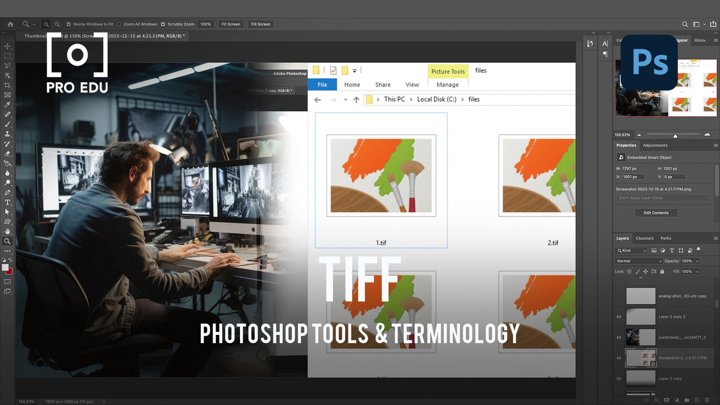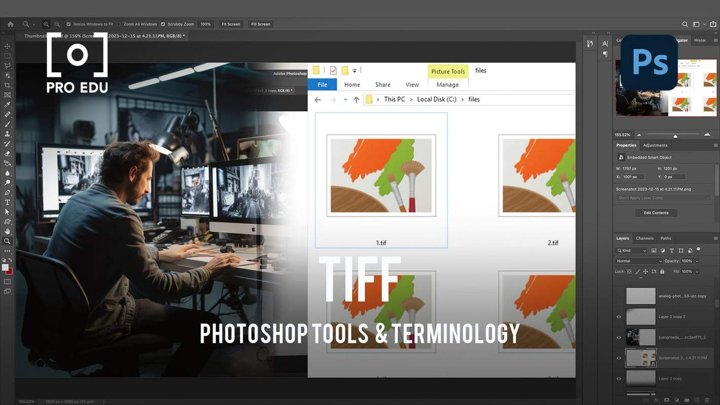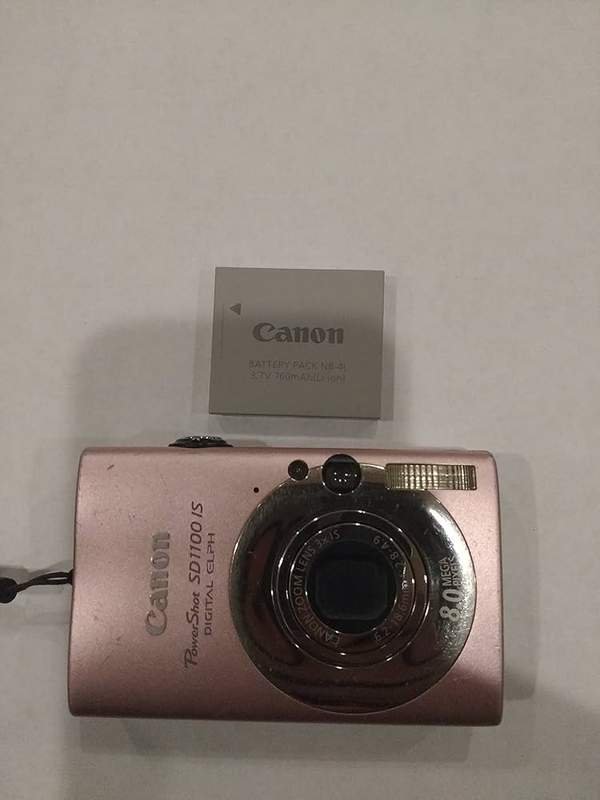Introduction
In the world of digital photography, file formats play a crucial role in storing and sharing images. Among the many file formats available, TIFF (Tagged Image File Format) stands out as the default format for most digital cameras. But what makes TIFF so special? And why is it the go-to choice for photographers?Overview
TIFF is a high-quality image file format that has been widely adopted by the photography industry. As the default file format for many digital cameras, TIFF offers several benefits that make it an attractive option for photographers of all levels.
- What is TIFF?
- TIFF’s advantages over other file formats
- The role of TIFF in digital photography workflow
Whether you’re a professional photographer or an amateur snapping away, understanding the benefits and uses of TIFF can help you make informed decisions about your image storage and sharing needs.
Learn more about TIFF
TIFF: The Default File Format for Most Digital Cameras – Pros and Cons
TIFF (Tagged Image File Format) is the default file format for most digital cameras, and for good reason. It offers several benefits that make it an attractive option for photographers of all levels. But like any technology, TIFF has its pros and cons.
Pros:
- High-quality images: TIFF is known for its high-quality image storage capabilities, making it ideal for photographers who want to preserve the details of their shots.
- Lossless compression: Unlike other file formats that use lossy compression, TIFF uses lossless compression, which means that your images will remain intact and unaffected by compression.
- Flexibility: TIFF files can be edited in a variety of image editing software, including Adobe Photoshop and Lightroom, making it a versatile option for photographers.
Cons:
- Large file size: One major drawback to TIFF is its large file size. This can make it difficult to store and share your images, especially if you have a lot of them.
- No compression: While lossless compression is a benefit for some photographers, it can also mean that TIFF files are not as compressible as other formats, which can make them harder to send or store online.
In conclusion, while TIFF has its pros and cons, it remains the default file format for most digital cameras. Its high-quality image storage capabilities, lossless compression, and flexibility make it an attractive option for photographers who want to preserve their images in a versatile format.
Summary of Overall Opinion
After considering the pros and cons of TIFF as a file format, it’s clear that its high-quality image storage capabilities, lossless compression, and flexibility make it an attractive option for photographers. However, its large file size and lack of compressibility may be drawbacks for some users. Overall, TIFF remains a popular choice among photographers due to its ability to preserve the details of their shots.
Before making your final decision, we recommend checking out these other great deals:

![Tiff Needell: 20 Cars That Changed The World [DVD]](https://m.media-amazon.com/images/I/51NzECFtjgL._SL160_.jpg)

![Tiff Needell's Sudden Impact [DVD]](https://m.media-amazon.com/images/I/51X7jKvOGgL._SL160_.jpg)




